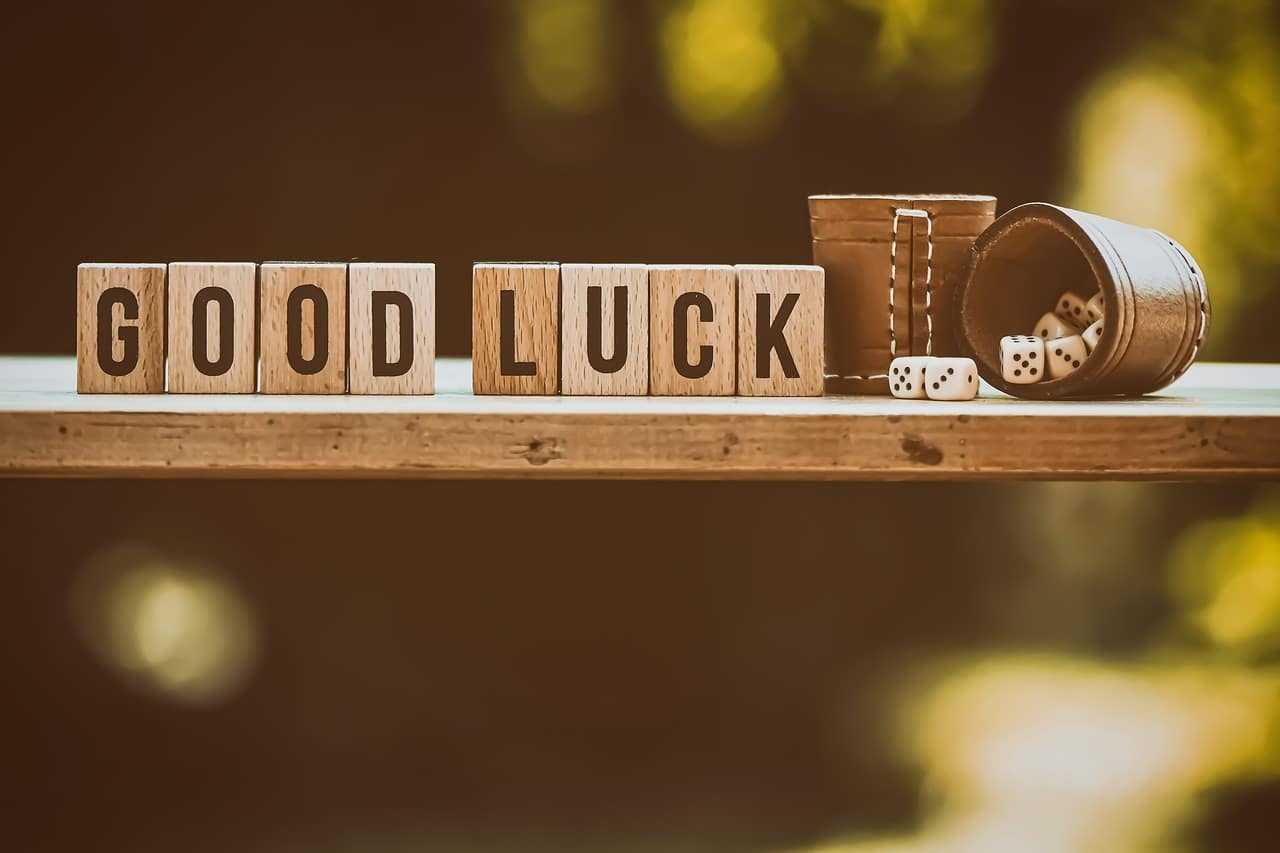Betting odds are everything when it comes to sports betting. In casino games, probabilities and odds are matter-of-fact – the essence of the game you’re playing. But odds within sports betting reveal much, much more.
Understanding Odds
The three formats for odds in sports betting are fractional, decimal and moneyline (also known as American odds). Though they look different, they all represent the same probabilities. So, decimal odds of 3.00 suggest a 33.33% chance of the event happening (1 / 3.00 = 0.3333). We need to associate odds and probability as a close relationship. But is it always the same?
Wisdom of Crowds
Wisdom of the Crowd is a concept that shows how collective opinions can be surprisingly accurate. An early example is from 1907, when Francis Galton studied an ox-weighing contest. The average guess from a group of 787 people was almost exactly right. In fact, it was more accurate than any one individual’s guess (no individual got it right).
In betting, like with stock markets, this idea is seen in the efficient market hypothesis. It means that odds include all known information, and the result is that the market perfectly reflects reality. In other words, when the market says an event is 1/3 odds, it truly has a 33.3% chance of happening. However, this isn’t always the case.
Bookmakers’ Role in Shaping Odds
Bookmakers do play a role in setting and adjusting betting odds—they’re not perfectly a reflection of supply and demand. They start off by using statistical analysis and risk management techniques to initiate the odds of an event. After all, there is no supply or demand yet.
Bookmakers may also adjust odds to attract bets on both sides of an outcome, reducing their risk. If many people bet on one team, bookmakers might shorten that team’s odds and lengthen the other’s. So, over time, it does get closer towards a true market reflection and potentially the wisdom of the crowd situation.
The time between this adjustment is interesting. Some bettors fancy themselves as being able to gain an advantage here, before the market gets more efficient.
Political Betting Markets
Political betting markets can tell us a lot about why the market isn’t perfectly efficient. The 2016 U.S. Presidential Election is a prime example, where betting odds heavily favored Hillary Clinton with an 83% chance, yet Donald Trump won. Supply and demand reflected the odds. But, perhaps the crowd isn’t always right. Or at least, this crowd wasn’t.
The ‘crowd’ could have attracted irrational behavior, such as passionate supporters betting based on hope rather than true probability. After all, even the polls aren’t always accurate. The infrequency of political events may also be playing a role. But, more interestingly, it could have been a distorted efficiency because of the high fees and low betting limits, discouraging expert bettors or those making safe bets.
This is a great example of how betting markets can render inefficient. For example, when betting on the Premier League winners in August, the 9-month wait may deter people from betting on short odds (the favorite, Man City) and instead encourage long, ambitious odds. Not to mention that Man City may not have as many supporters as some other teams, which can further skew odds.
Final Word
Although the wisdom of the crowd is an intriguing phenomenon, not always unbiased, logical thinking without regard to costs, fees, or emotions participates in betting markets. The ox at the market was far removed from all of these things. So, it is up to sports bettors to understand these, and perhaps take advantage of them. For example, perhaps a Conor McGregor comeback fight has strange odds because he has so many eagerly waiting fans.








































